"Fifteen Years, Fifteen Lessons from Africa": a unique insight of I&P’s experience
Submitted by admin on Mon, 01/29/2018 - 15:47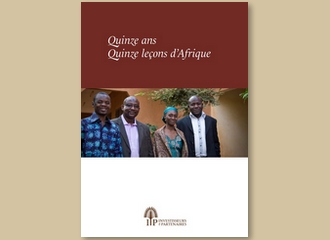
Investisseurs & Partenaires publishes “Fifteen Years, Fifteen Lessons from Africa", a new document conceived by the team to present some key lessons learned from our 15-year experience in African SME and startup financing.
I&P has indeed accumulated unprecedented experience among the investment teams currently operating on the continent, taking into account the number of investments realized (more than 70) and the size of these investments (capital investments between €30,000 and €1.5 million) and whishes to share these insights hoping that they will prove beneficial to all.
These lessons will not only interest equity investors but could also interest any economic actor in Africa, as well as anyone interested in the African economy. Some lessons learned could also be useful for African governments, donors and investment teams willing to create a fund targeting small companies, still so rare today.

Discover the lessons sorted by category:
Lessons of strategy (Chapter I)
Adopting neither an Afro-Optimist nor Afro-Pessimist point of view, we try to show the characteristics of the African context which any investor should consider when defining their investment strategy: how to address the diversity of situations in the 54 countries of Africa? How to invest in a context of precarious governance that poses particular political and integrity issues? And how to support growth models able to capture the extraordinary potential of the development of the middle class, while still supporting the growth of export activities?
 Lesson n°1: Africa is one continent, but a diverse one
Lesson n°1: Africa is one continent, but a diverse one
 Lesson n°2: The business environment is improving, but in a gradual and disparate way, which engenders integrity risks for firms
Lesson n°2: The business environment is improving, but in a gradual and disparate way, which engenders integrity risks for firms
 Lesson n°3: The African middle class is shaking up market dynamics but has not closed the debate on growth patterns
Lesson n°3: The African middle class is shaking up market dynamics but has not closed the debate on growth patterns
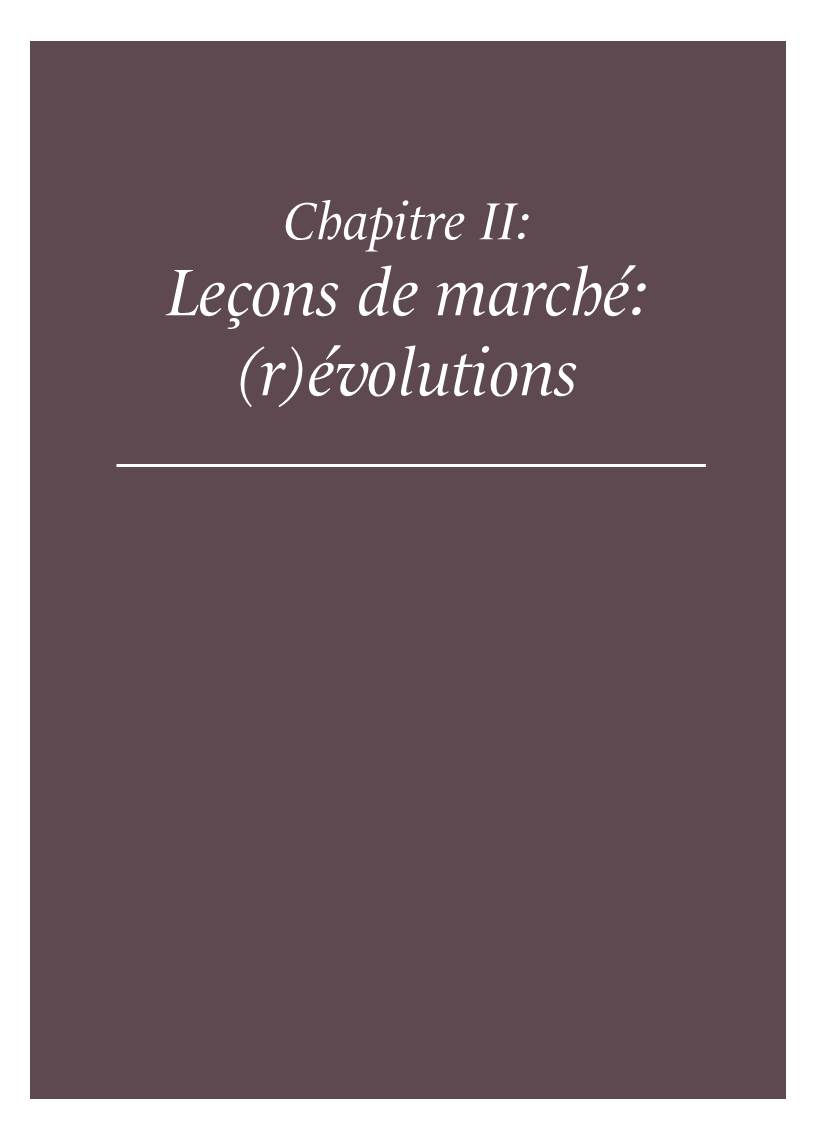 Market Lessons (Chapter II)
Market Lessons (Chapter II)
Chapter two relates to the structural changes of Africa’s economy and markets. We notably observe that the African economy is evolving from an ‘’imitation economy” to an economy of innovation. We share our hopes and challenges regarding the agriculture and agribusiness sectors, which have the potential to contribute much more to African economic growth. Finally, we share our vision of the considerable transformations that impact market access for all companies, particularly access to consumer goods.
 Lesson n°4: The African economy: moving from imitation to innovation
Lesson n°4: The African economy: moving from imitation to innovation
 Lesson n°5: Meeting the basic needs of the domestic markets is a priority but is feeding Africa financially viable?
Lesson n°5: Meeting the basic needs of the domestic markets is a priority but is feeding Africa financially viable?
 Lesson n°6: Market access, a path too often overlooked…
Lesson n°6: Market access, a path too often overlooked…
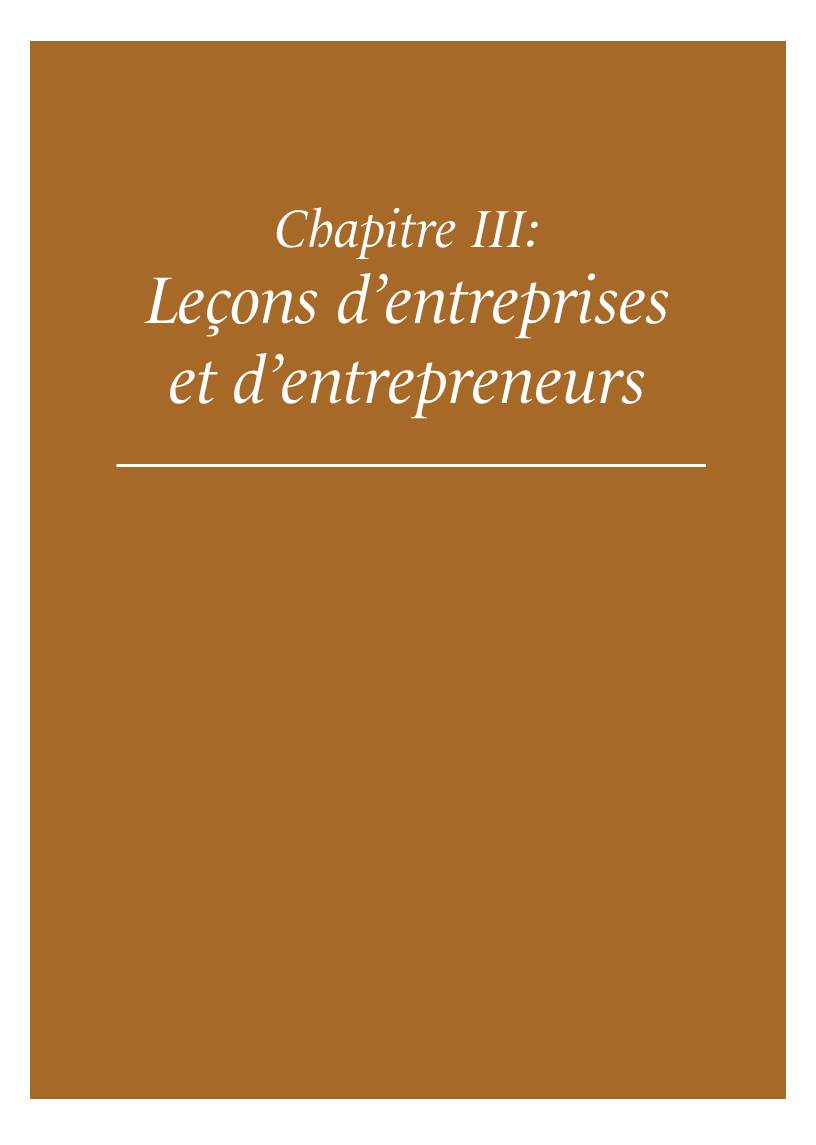
Lessons from Enterprises and Entrepreneurs (Chapter III) : April 2018
Chapter three will gather a few lessons learned from our experience as an investor with African entrepreneurs. Considering the size of the companies we invest in, the human dimension is essential and the creation of a long-term relationship of trust between the investor and the entrepreneur is a key success factor. We will also share the economic consequences of investing in small-sized, often poorly structured enterprises, which has so far constituted the majority of our operations. We will attempt to share insights about key elements characterizing the impact investing sector, including the high follow-up costs required to structure these companies and the frequent need to extend the investment period in order to adapt to the timeframe of development in Africa.
 Lesson n°7: The African (of French!) SME is a business of men and women
Lesson n°7: The African (of French!) SME is a business of men and women
 Lesson n°9: Small businesses in Africa need patient capital and time to grow
Lesson n°9: Small businesses in Africa need patient capital and time to grow
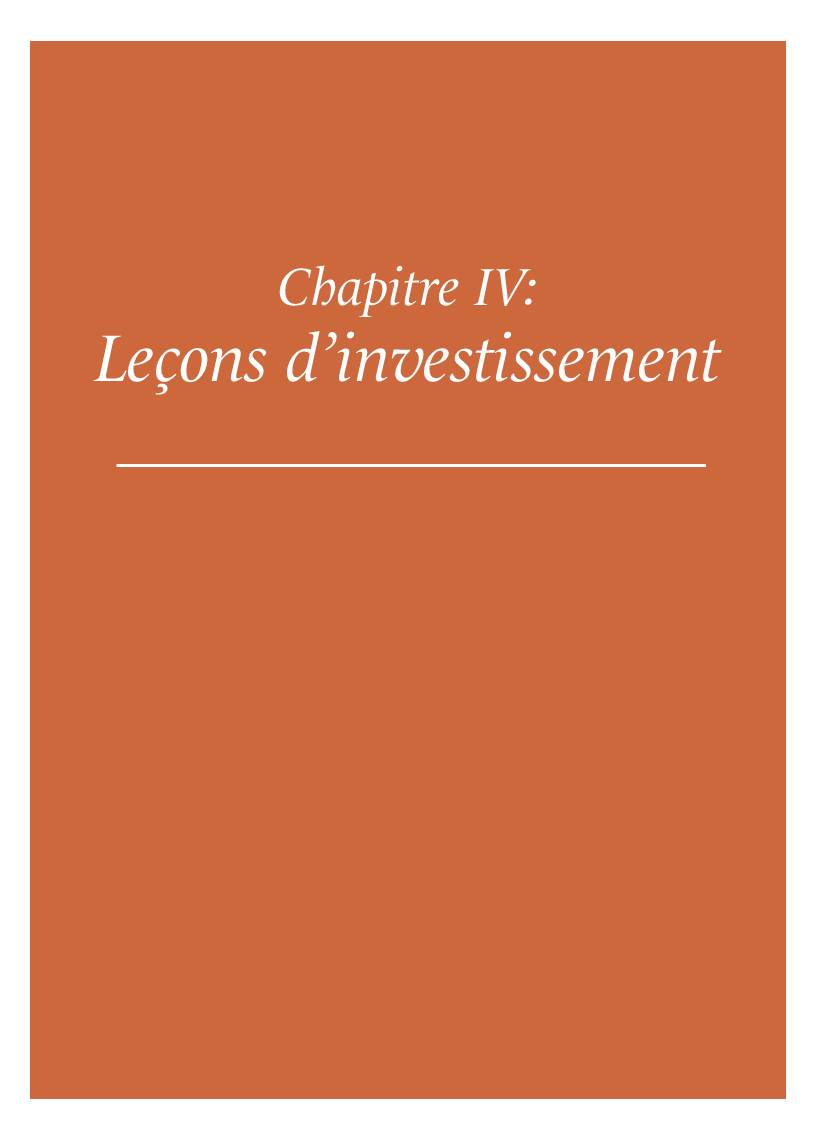
Investment Lessons (Chapter IV) : July 2018
Chapter four will appeal to professional investors. We will expose the fundamental dilemma of financing African SMEs (and SMEs in general) and how we have managed to partially solve it through the financial arrangements we put in place and the partnerships we develop with debt investors. Finally, we are trying to solve one of the key challenges of our business: shortening the maturation time of an investment project and developing a pipeline of companies ready to be financed by relying on increasingly dynamic local ecosystems.
 Lesson 10: Structuring a deal, but how?
Lesson 10: Structuring a deal, but how?
 Lesson 11: Debt is capital's best friend - and vice versa
Lesson 11: Debt is capital's best friend - and vice versa
 Lesson 12: Rely on the entrepreneurial ecosystem to develop business pipelines ready to be financed
Lesson 12: Rely on the entrepreneurial ecosystem to develop business pipelines ready to be financed
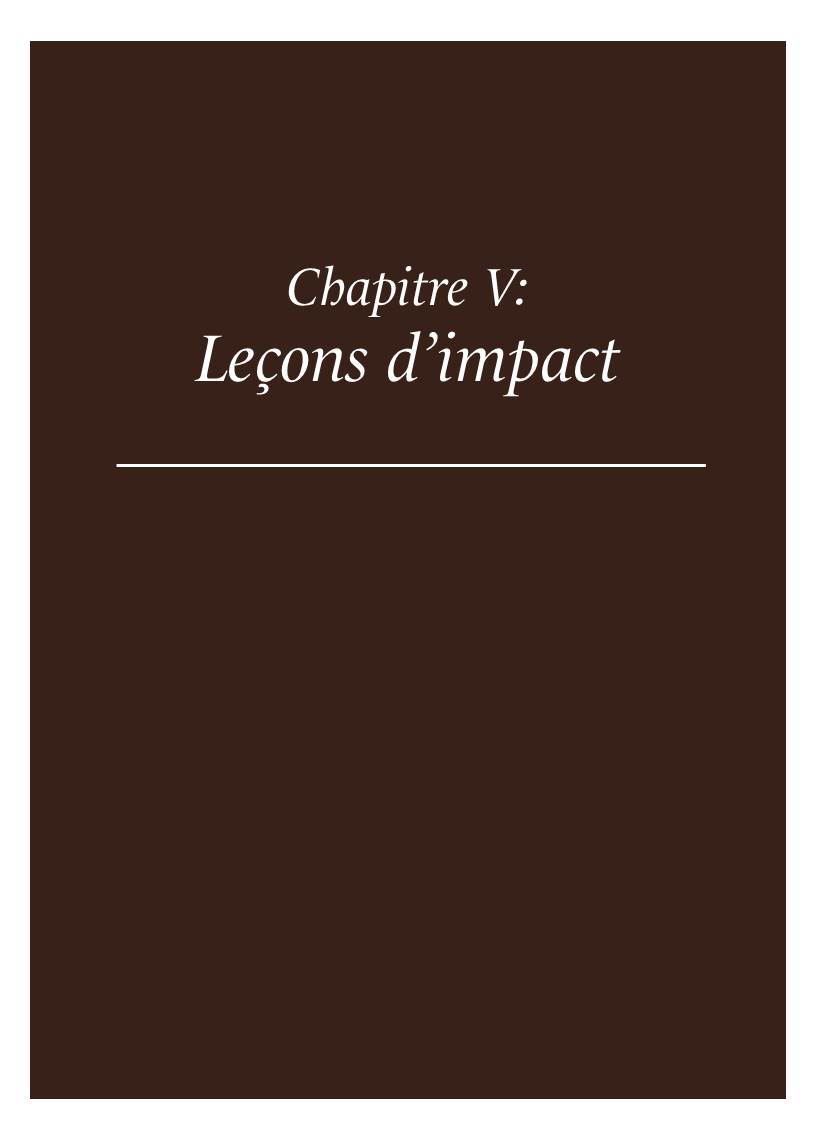 Impact Lessons (Chapter V)
Impact Lessons (Chapter V)
Finally, in Chapter five, we will discuss some lessons specifically related to impact. We will explain how we set up I&P’s impact measurement methodology and why this only make sense if you are actively trying to manage and improve the overall impact of the portfolio. We will discuss why developing an ESG strategy is essential to improving the performance and impacts of African SMEs – even though initially it seemed counterintuitive. Finally, we will present the new Sustainable Development Goals, which present tremendous opportunities to legitimize and champion impact investing, but also considerable technical challenges.
 Lesson 13: Measuring Impact on the ground only makes sense to better manage it
Lesson 13: Measuring Impact on the ground only makes sense to better manage it
 Lesson 14: Developing an ESG approach is possible and necessary, even for SMEs in Africa
Lesson 14: Developing an ESG approach is possible and necessary, even for SMEs in Africa
